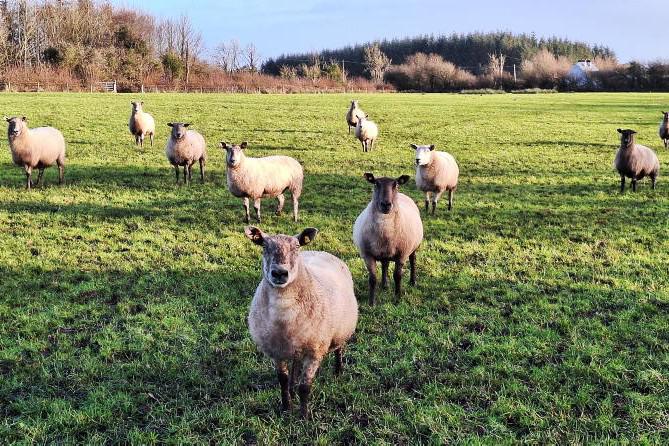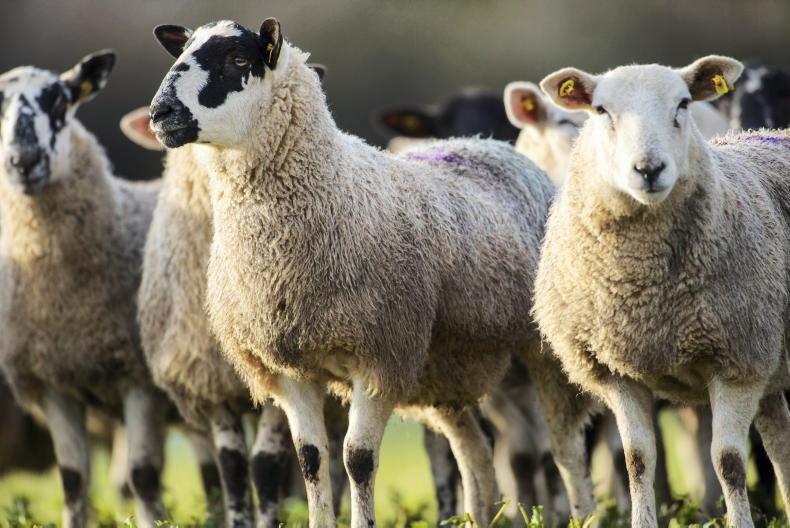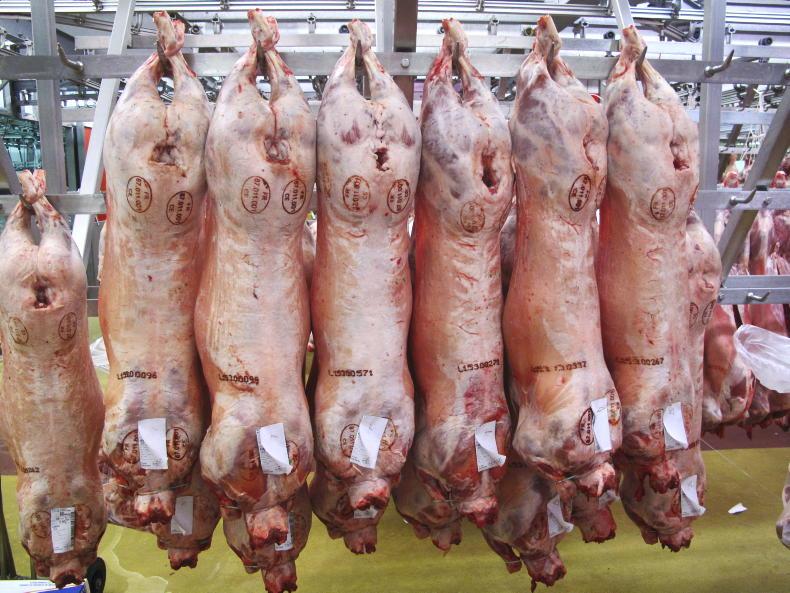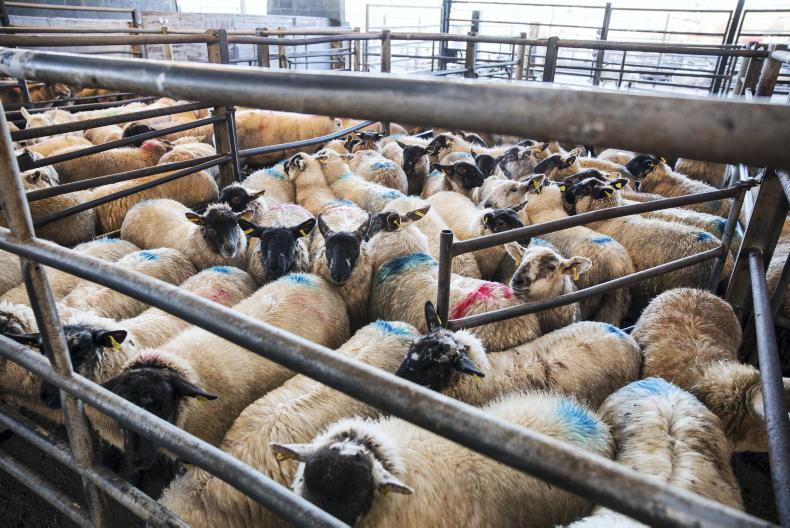Lameness is one of the biggest problems affecting the sheep industry and is both a welfare concern and a costly problem.
Contagious Ovine Digital Dermatitis (CODD) can affect up to 50% of flocks in the most severe outbreaks and prevalence seems to be increasing. An infection can set lambs back weeks.
Firstly, it is important to establish if CODD is the problem – often people get confused between CODD and foot rot, and some animals can be simultaneously affected by both.
CODD starts at the coronary band, where the skin meets the hoof, while foot rot starts at the interdigital space.
CODD is caused by bacteria and the infection starts as a small, ulcerated area, which progresses down the hoof, causing the hoof wall to separate.
If you are unsure what the problem is, consult your vet. It is important to quarantine cases immediately.
Options
Treatment usually requires an antibiotic in the form of an injection or topical spray, or footbathing. Most options tend to require repeat treatments.
A recent trial comparing footbathing in 10% zinc sulphate solution against antibiotic spraying found footbathing to have better cure rates.
The trial involved footbathing for 15 minutes daily for five days, versus spraying feet daily for five days, with 90% of the footbathed sheep cured by seven days and all of these sheep cured when checked six weeks later.
However, only 83% of the sheep that were sprayed were cured at seven days and the same amount remained cured six weeks later.
It is important to note that footbathing is more effective, especially when we are under pressure to reduce antibiotic use across all our livestock.
If your flock is currently CODD free, it is crucial that you prevent it being introduced.
In the quarantine period after the purchase of new stock, both examining feet and footbathing is critical to maintain this status.
*Christa McMordie is a veterinary surgeon at Lisnafillan Farm Vets in Ballymena.
Read more
NI Vet Corner: optimising performance when finishing lambs
Avoiding an abortion storm due to EAE
Lameness is one of the biggest problems affecting the sheep industry and is both a welfare concern and a costly problem.
Contagious Ovine Digital Dermatitis (CODD) can affect up to 50% of flocks in the most severe outbreaks and prevalence seems to be increasing. An infection can set lambs back weeks.
Firstly, it is important to establish if CODD is the problem – often people get confused between CODD and foot rot, and some animals can be simultaneously affected by both.
CODD starts at the coronary band, where the skin meets the hoof, while foot rot starts at the interdigital space.
CODD is caused by bacteria and the infection starts as a small, ulcerated area, which progresses down the hoof, causing the hoof wall to separate.
If you are unsure what the problem is, consult your vet. It is important to quarantine cases immediately.
Options
Treatment usually requires an antibiotic in the form of an injection or topical spray, or footbathing. Most options tend to require repeat treatments.
A recent trial comparing footbathing in 10% zinc sulphate solution against antibiotic spraying found footbathing to have better cure rates.
The trial involved footbathing for 15 minutes daily for five days, versus spraying feet daily for five days, with 90% of the footbathed sheep cured by seven days and all of these sheep cured when checked six weeks later.
However, only 83% of the sheep that were sprayed were cured at seven days and the same amount remained cured six weeks later.
It is important to note that footbathing is more effective, especially when we are under pressure to reduce antibiotic use across all our livestock.
If your flock is currently CODD free, it is crucial that you prevent it being introduced.
In the quarantine period after the purchase of new stock, both examining feet and footbathing is critical to maintain this status.
*Christa McMordie is a veterinary surgeon at Lisnafillan Farm Vets in Ballymena.
Read more
NI Vet Corner: optimising performance when finishing lambs
Avoiding an abortion storm due to EAE










SHARING OPTIONS